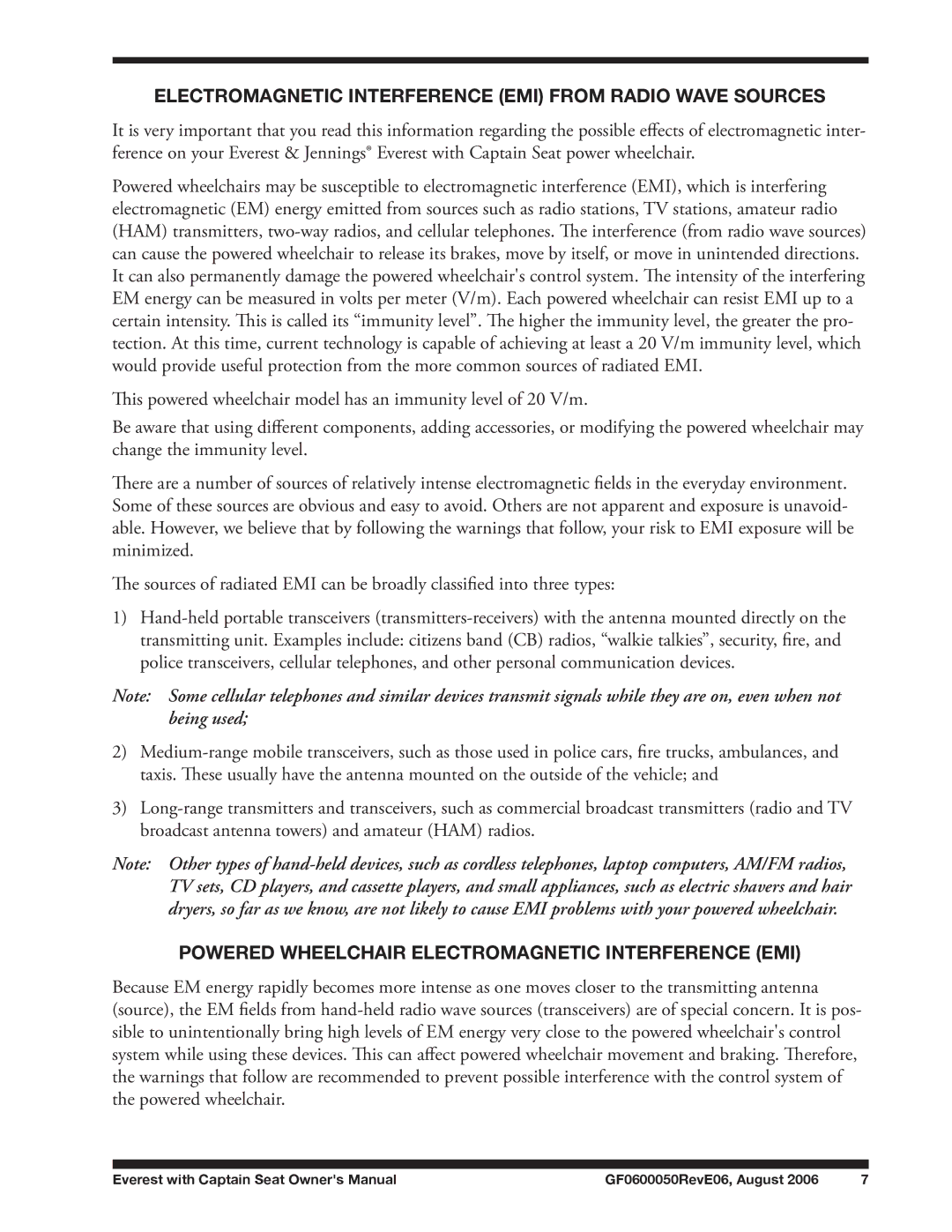GF0600050REVE06 specifications
E&J GF0600050REVE06 is a high-performance product known for its innovative features and advanced technologies. Designed to cater to the needs of both commercial and residential applications, this model has gained recognition for its reliability and efficiency in various environments.One of the standout features of the E&J GF0600050REVE06 is its robust construction. Built with high-quality materials, it ensures durability and longevity in operations, making it a smart investment for users seeking long-term performance. The design is not only functional but also aesthetically pleasing, allowing it to blend seamlessly into different settings.
The E&J GF0600050REVE06 boasts significant energy efficiency, which is becoming increasingly important in today's eco-conscious market. With its state-of-the-art energy conversion technologies, it minimizes waste and enhances overall energy usage, providing significant savings on operational costs over time. Users can expect lower utility bills without compromising on performance, a crucial consideration for budget-conscious individuals and businesses alike.
Another noteworthy characteristic of this product is its user-friendly interface. Equipped with advanced control systems, it allows for easy monitoring and adjustment, catering to the varying needs of its users. Whether it's adjusting settings for optimal performance or accessing diagnostic features, the intuitive layout ensures that even those with minimal technical knowledge can operate the device effortlessly.
Moreover, the E&J GF0600050REVE06 incorporates several safety features, ensuring peace of mind during operation. These include automatic shut-off systems and temperature regulation, which protect the unit and the surrounding environment from potential hazards. This focus on safety not only enhances user confidence but also promotes a safer working environment.
Additionally, the technology behind the E&J GF0600050REVE06 supports seamless integration with other smart devices. This capability allows users to control and monitor the device remotely, facilitating greater flexibility and convenience in management.
In conclusion, the E&J GF0600050REVE06 stands out as a leading choice for those seeking advanced technology, energy efficiency, and a commitment to safety and durability. Its thoughtful design and innovative features make it an essential tool for modern users, enhancing productivity and operational effectiveness. With its excellent performance and user-centric approach, the E&J GF0600050REVE06 really sets itself apart in a competitive market.

